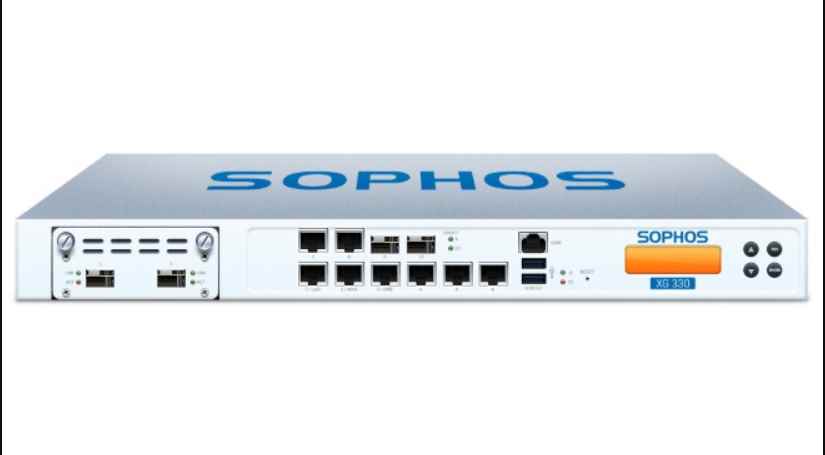How to hide secret messages in music files?
There are many reasons to hide information but the most common one is to protect it from unauthorized access and to prevent people from finding out the existence of secret information. In the corporate world, audio data hiding can be used to hide and secure confidential chemical formulas or designs of a new invention. This is not only used in the commercial sector, it can also be used in the non-commercial sector to hide data that someone wants to keep private. Terrorists organizations have been using audio data hiding since a long time to keep their communications secret and to organize attacks. We are going to talk about confidential information hiding with the help of information and data security solutions experts.
Steganography is the science of hiding confidential information in a cover file so that only the dispatcher and the recipient know the existence of the confidential information. Confidential information is encoded in a way so that the very existence of the information is hidden. The main objective of steganography is to converse securely in a completely invisible mode and to draw away curiosity from the communication of the hidden information. Steganography not only prevents people from knowing about the hidden confidential information, but it also prevents others from thinking that somebody is communicating in a hidden way. If a steganography technique causes someone to believe there is hidden information in a carrier medium, then the technique has botched. The essential technique of audio steganography consists of a Carrier (Audio file), a Message and a Password. The Carrier file is also called as a cover-file, which hides the confidential information. Essentially, in steganography the message is the information that the sender desires to remain confidential. The Message can be image, plain text, audio or any type of file. The Password is also called as a stego-key, and it assures that only the receiver who knows the password will be able to extract the confidential information or message from a the cover-file. The cover-file with the confidential information is also called as a stego-file.

The confidential information hiding procedure consists of subsequent two steps
Identification of redundant bits in the cover-file. Redundant bits are that bits that can he modified without corrupting the eminence or destroying the integrity of the cover-file.
To insert the confidential information in the cover file, the redundant bits in the cover file are interchanged by the bits of the confidential information.
AUDIO STEGANOGRAPHIC METHODS
Mike Stevens, information and data security training expert explains that there have been many approaches of hiding confidential information or messages in audio in such a manner that the changes made to the audio file are not visible. Common approaches are:
LSB CODING
LSB (Least Significant Bit) approach is very famous approach and it replaces the least significant bit in some bytes of the cover file to conceal a sequence of bytes enclosing the hidden data. That’s usually an effective approach in cases where the LSB substitution doesn’t cause significant quality degradation, such as in 24-bit bitmaps. In computing, the least significant bit (LSB) is the bit position in a binary integer contributing the unit’s value, that is, controlling whether the number is even or odd. Using this approach you can hide a byte every eight bytes of the cover. There’s a fifty percent chance that the bit you’re substituting is the same as its replacement, in other words, half the time, the bit doesn’t change, which helps to reduce quality degradation.
PARITY CODING
Parity coding is one of the most robust audio steganographic approaches. Instead of breaking a signal into individual samples, this approach breaks a signal into separate samples and inserts each bit of the confidential information in a parity bit. If the parity bit of a chosen region does not match the secret bit to be encoded, the procedure inverts the LSB of one of the samples in the region. Hence, the sender has different choices in encoding the secret bit.
PHASE CODING
The phase coding method works by switching the phase of an initial audio segment with a reference phase that symbolizes the confidential information. The persisting segments phase is changed in order to preserve the relative phase amid segments. In terms of signal to noise ratio, Phase coding is very effective coding approach. When there is a drastic change in the phase relation amid each frequency element, noticeable phase dispersion will happen. But, as long as the alteration of the phase is adequately small, an inaudible coding can be attained. This approach relies on the fact that the phase elements of sound are not as perceptible to the human ear as the noise is, says the ethical hacking training professor.
SPREAD SPECTRUM
The basic spread spectrum (SS) approach tries to spread confidential information through the frequency spectrum of the audio signal. This is like a system, which uses logic of the LSB that spans the message bits unsystematically over the complete sound file. Nevertheless, dissimilar to LSB coding, the Spread Spectrum approach, spreads the confidential information through the frequency spectrum of the sound file using a code, which is sovereign of the actual signal. Thus, the final signal captures a bandwidth, which is more than what is actually needed for transmission.
ECHO HIDING
Echo hiding procedure inserts confidential information in a sound file by presenting an echo into the discrete signal. Echo hiding has benefits of delivering a high data transmission rate and higher robustness when compared to other methods. Only one bit of confidential information could be encoded if only one echo was created from the original signal. Therefore, before the encoding procedure begins the original signal is broken down into blocks. When the encoding procedure is done, the blocks are concatenated back together to deliver the final signal.
With the help of an ethical hacking training organization professor of the IICyberSecurity, we are going to see some software and mobile apps, which people can be used to encode messages and send hidden messages via email, social media or WhatsApp mobile phone.
DeepSound
Deep sound is an audio stenography software for windows and can be use to create secret messages via audio file. It is information security solutions freeware and supports all kinds of audio files.
Hide secret information into carrier audio file
To hide secret information into audio file, do the following steps:
Choose the carrier audio file and make sure its format is one of them the following: flac, wav, wma, mp3, ape.
Click encode and the file will be encoded, then you can click ‘Add files’ to add secret files into the panel on the right side of application.
You can choose as output an audio format (wav, flac or ape). DeepSound does not support wma as an output format. If you desire to hide secret information into wma, hide the secret information into a wav file and then use an external software such as Windows Media Encoder for change wav to wma lossless.
In the settings you can select to turn On/Off encrypting and set a password. The new audio file will be saved to the output directory. Select Ok to start hiding secret files into the carrier audio file.
Extract secret data from audio file
As per information and data security solutions experts, to remove secret data from an audio file, follow the following steps:
In the file explorer, choose the audio file, which encloses the secret data. If the secret files are encrypted, input the password.
DeepSound examines the selected file and exhibits secret files. Click the right mouse button and press F4 key or select extract secret files.
Open the Audio Converter.
To add input files select ‘Add files’ button, the supported input audio formats are:
– Free Lossless Audio Codec (.flac)
– Windows media audio lossless (.wma)
– MPEG audio layer-3 (.mp3)
– Monkey’s Audio (.ape)
Choose Output Format for the file and the supported output audio formats are:
– Waveform Audio File Format (.wav)
– Free Lossless Audio Codec (.flac)
– MPEG audio layer-3 (.mp3)
– Monkey’s Audio (.ape)
You can learn more about DeepSound duraing information security training of the International Institute of Cyber Security
Hide It In
This app conceals an image taken with your iPhone camera into another, apparently innocuous image, from your photo library. Select the cover image and take any photo from your mobile phone. You can hide It In characters, among other things, AES encryption safeguards in a way that even if the existence of a secret message is questioned, only the people with the password can recover the hidden image.
Acostic Picture Transmitter
This app lets you transfer and accept images acoustically. To do this, each column of the selected message gets altered by a Fast Fourier Transform and fed across iPhone speakers. On the accepting iOS-device the received audio is envisioned by a spectrogram and the arriving images become visible. You can use this app, for instance, to transfer images very effortlessly over a phone or to put images in all kinds of audio recording, according to information security solutions experts.
Steg-O-Matic
According to developer BlueJava, the Steg-O-Matic app hides the secret message in an image and offers tools for sending the image via email, social media or post it on a public blog. Only those intended to read the secret will know to look for it and know how to retrieve it. You can learn more about it during information security training.
DaVinci Secret Message
An Android app, DaVinci Secret Message can password shield the data hidden within an image, providing another level of security. It also provides the choice to delimit the size of the final image, thus making it more challenging to suspect whether a carrier image holds a secret based on its size alteration from the original image file.
Incognito
This Android application uses both steganography and cryptography to hide diverse types of data such as text messages, pdf files, images, music files, etc. within images without altering the superficial appearance of the image. The experts of ethical hacking training endorse its use for business individuals worried about competitors spying on them.
Contact Us
We are based in India, USA, Mexico. We provide trainings & services all around the globe. Drop us an message, email or Call us
India
- +91 11 4556 6845
USA
- +1 267 705 5264
México
- +52 55 9183 5420









